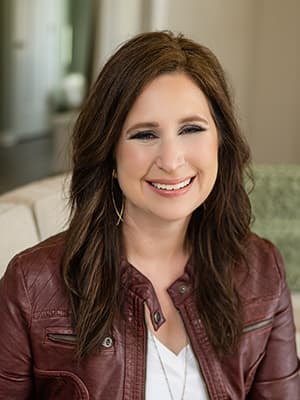
Mortgage rates have climbed to their highest level since 2008, pinching home buyers’ budgets. The 30-year fixed-rate mortgage averaged 5.78% this week, way above its 2.93% average just one year ago, Freddie Mac reports. The Federal Reserve’s decision Wednesday to raise its key benchmark rate by the highest amount in 28 years sent shock waves through financial markets, including adding further pressure on mortgage rates.
“These rising mortgage rates hurt affordability and decrease the purchasing power of many buyers,” Nadia Evangelou, senior economist and director of forecasting at the National Association of REALTORS®, wrote on the association’s blog. “In addition to increasing the amount buyers will pay to borrow for their mortgage, higher interest rates lower their purchasing power since a larger portion of their monthly payment will be put toward interest.”
This means more buyers must readjust their home-shopping budgets, as the impact of higher rates translates to a 25% drop in house hunters’ purchasing power since the beginning of the year. For example, a typical buyer could afford a $360,000 home with a $1,400 monthly mortgage payment at the beginning of the year. Now, with near-6% mortgage rates, a $1,400 monthly payment translates to a $270,000 home.
Where Do Rates Go From Here?
This week’s 5.78% average for the 30-year fixed-rate mortgage is up from 5.23% last week. Every bit of that bump is being felt by home buyers, economists say. For example, a $300,000 loan with a rate of 5.23% would cost a borrower about $1,653 per month (excluding taxes and insurance). That same loan at this week’s 5.78% average would cost $1,756—an extra $1,236 a year, says Jacob Channel, LendingTree’s senior economist.
The latest increase in mortgage rates has largely been attributed to the Fed’s hike of 75 basis points to its key benchmark rate. “It’s possible that this large increase could be somewhat of an over-correction on the part of lenders, and, as a result, it may fall somewhat over the coming weeks as lenders better adjust to the current high-inflation environment,” Channel says. “Mortgage rates have already risen considerably higher and faster than what most predicted they would at the start of the year—and, as evidenced by today’s latest figures, lenders have shown a willingness to continue to raise rates, even as homebuyer demand falls.”
Mortgage applications for home purchases—viewed as a gauge of future homebuying activity—are down 16% year over year, according to the Mortgage Bankers Association.
Hikes Across the Board
Freddie Mac reports the following national averages for mortgage rates for the week ending June 16:
- 30-year fixed-rate mortgages: averaged 5.78%, with an average 0.9 point, rising from last week’s 5.23% average. A year ago, 30-year rates averaged 2.93%.
- 15-year fixed-rate mortgages: averaged 4.81%, with an average 0.9 point, increasing from last week’s 4.38% average. A year ago, 15-year rates averaged 2.24%.
- 5-year hybrid adjustable-rate mortgages: averaged 4.33%, with an average 0.3 point, rising from last week’s 4.12% average. A. year ago, 5-year ARMs averaged 2.52%.
Freddie Mac reports commitment rates along with average points to better reflect the total upfront cost of obtaining a mortgage.









